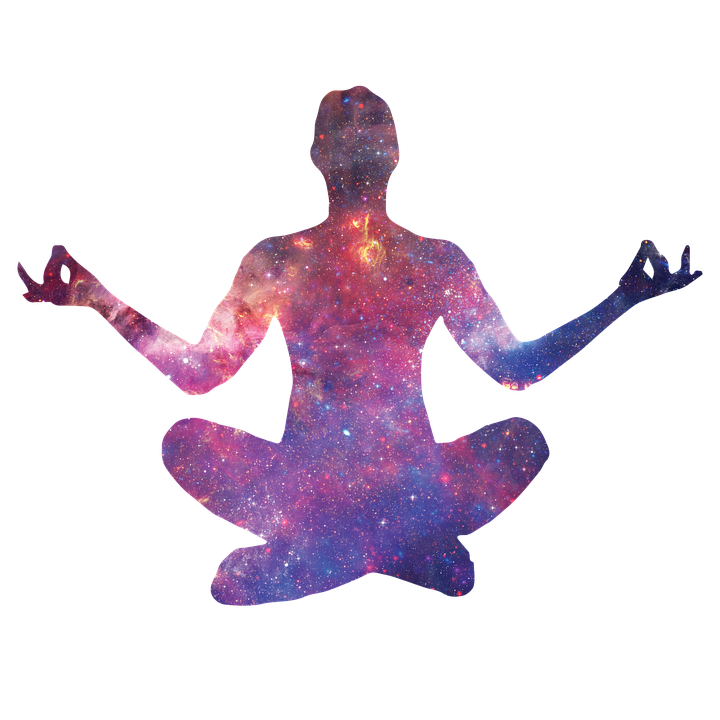I started practicing at home especially for the physical aspect of the postures. I was sometimes frustrated with a class where we had a posture for just 2 minutes, while I would have wanted to take more time. I started practicing at home the posture on the head, the posture of the raven or the halfpipe. I had plenty of time to explore them.
Beyond this purely physical aspect, practicing at home is a great break in everyday life, a privileged moment “with oneself”, a way of disconnecting, literally – from the internet, the telephone and the obligations of everyday life. I like to finish my practice at home with a few minutes of meditation or relaxation.
My practical tips for doing yoga at home:
- start by taking classes “in real life”. Starting alone yoga, following videos or reading books or articles seems like a complex project. Why not after all, but taking classes “in real life” gives a good overview of what yoga is, the state of mind, and some precautions to take if you have injuries, joint problems, or other contraindications.
- find a yoga corner easy to access. I sometimes read that you have to make a special place at home, with candles and incense. If you have room, again, why not. But do not forget to start practicing yoga because you do not have your little place fetish and cozy. If you travel frequently or if your apartment is small, you have to find a way to practice everywhere. I would love to practice yoga on a terrace facing the sea, with beautiful fine curtains floating behind me, a good scent of jasmine, but for now, it’s in the living room, pushing the table, and it’s is not that bad.
- to put music on. Music helps me to isolate myself and not pay too much attention to street noise for example. I have a 30 and 60 minute playlist for yoga at home. It is also a good way to not fix the passing time. I do not look at the time: I just know that when the music is over, it’s already been a while.
- hold a notebook, with a posture of the moment. I like to choose a posture of the week, something that I saw in class and that I want to work – often something seen too quickly and that I want to deepen. By choosing this posture, I search on the internet if I find demo videos, I note tips in my notebook. And then I get started, always starting with stretching, some greetings to the sun to increase the heart rate, a series of abs to heat “the center” and then various preparatory postures to do the posture of the week.
For example, my posture of the week right now is Bhujapidasana, which requires pelvic opening, flexibility at the back of the thighs and a firm support on the wrists. All I do in my practice before arriving at Bhujapidasana will be to warm up, to prepare my body for this posture with preparatory postures that involve all these elements. Hence the importance of going to class, to know a certain number of postures, to know how to warm up, to progress without getting hurt.
Having a “goal” may seem contradictory to the state of mind of yoga that is more in the process than in the end result, but I’m just saying that choosing a particular posture for a moment is a way to vary the sequences . And then, if I “can not do it,” I move on.
- Keep a cool atmosphere! You have to want to practice yoga at home, it should not be a chore that will make us stress if we did not do it. It must be “fun”, a good little moment of self-exploration.
Finally, to practice at home, to elaborate oneself its favorite sequences, is in my opinion necessary when one wants to teach yoga, because by exploring postures that one does not know how to do, one seeks a solution to arrive there, one refines our feelings. In addition, this exploration puts us back in the role of the student.





